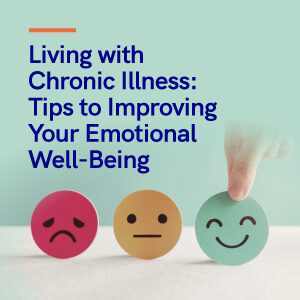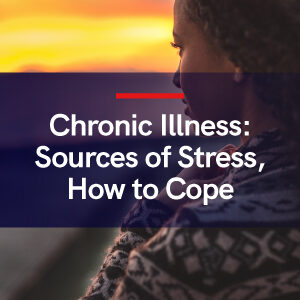Making medical decisions can become a very big part of our lives once we have a diagnosis. There are so many things to think of from choosing treatment, to deciding on experimental procedures, even down to what day a week to schedule an appointment due to possible side effects. Many people with chronic illness experience what’s called decision fatigue and the more decisions we have to make, the harder it becomes to make them. When it comes to ourselves (not true for business decisions), we have a natural tendency to analyze decisions more with time rather than less. Unfortunately, for our sanity and wellness, we need just the opposite.
Many of my clients used to spend countless hours debating a particular medical decision, such as whether or not to switch doctors. That’s precious time that could be spent enhancing health and wellness. Then again, it is actually an important decision. So here is my approach to making medical decisions. I hope it enhances your life, releases some pressure, and overall makes living with disease a bit easier.
STEP ONE: There is No Right or Wrong Answer
Oftentimes we approach a decision as if there is a right answer and that with enough deduction and due diligence, we will arrive at that perfect solution. This simply isn’t the case. Every situation is completely different. The “right” decision for you last month might be the “wrong” decision for you this month. When you approach a new decision, the first step is to let go of the notion that there is any objective right answer.
STEP TWO: Do Your Homework
Do NOT rely on a medical professional to tell you what’s best. Unless they are living with the same illness and have had to make the same decisions for themselves or their child, their advice will fall short. It reminds me of by far the worst medical experience of my life-when I was twelve years old and a neurologist thought it would be perfectly fine to do a spinal tap on the spot without any anesthesia. “I do this with adults every day, she’ll be fine,” he reasoned to my parents. Someone should have asked if he would do the same to his daughter and when was the last time he had a spinal tap. This isn’t to rag on doctors. Simply to say, do not let their input be your only input. They don’t have to take into consideration your potential recovery time and whether or not you have help at home. While I usually advise against “googling,” it is important to make sure you’ve done your own research about the choice ahead of you so that you feel as informed as possible. You might also discover that there is a different option available that you didn’t know about previously, but that feels less conflicting than the ones you are currently choosing between.
STEP THREE: Feel Into It
Yes that’s right, I said feel as opposed to anything logic driven. After 18 years of living with multiple sclerosis (MS), I can tell you that you can make all the pro/con lists in the world and you still might not feel 100% about your choice. And a week from now, new information might emerge that would lead to a different decision. So sit with the options and feel into each of them and feel what it feels like to choose option A versus option B. Stay in tune with your body and notice what comes up for you with each scenario. Trust your feelings, trust your gut.
STEP FOUR: If You Do Anything From Fear, It’s WRONG
I know I said that there are no right or wrong answers. Well, here’s the caveat to that: If you do anything for your body and health out of fear, then it’s the wrong decision. Your body will hear that fear and therefore associate the treatment or option, as being scary or unsafe. As a result, you won’t be able to get the full benefit of that treatment because the body will protect itself by reducing its ability to to carry out certain functions (e.g. metabolizing abilities) to align with the message of fear. Notice which options feel like you’re moving toward something good as opposed to just away from something. Get clear on your motivations for the decision, and if fear is part of it, find a new approach.
STEP FIVE: Let It Be Easy
We often give a lot of weight to these decisions and automatically assume it’s going to be a tough decision- try to ease up. Making medical decisions is nearly impossible when it’s so heavily weighted. I’m not saying to minimize anything, but oftentimes we already know the answer deep down and could save ourselves hours if we just got in touch with that. The heaviness of it can prevent us from hearing what we really want, so simply lead with the mantra “what if I could let this be easy?”
STEP SIX: Positively Commit
Once you do make a medical decision, frame it in a way that it is as positive as can be. “We’re going to do the extra lumbar puncture because I am scared this could be something really bad and so I’m willing to go through this procedure”-see how fear is still in there? Try reframing to, “I am going to do the lumbar puncture because I want to keep my body safe and I love myself enough to be extra cautious.” Your body hears protection and safety in the second message. So once you commit, make sure to frame it in a way that feels good for you and your body.
Making medical decisions is challenging, but I hope these steps save you some peace of mind!


